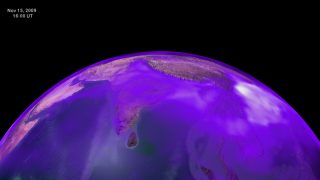Earth
ID: 10714
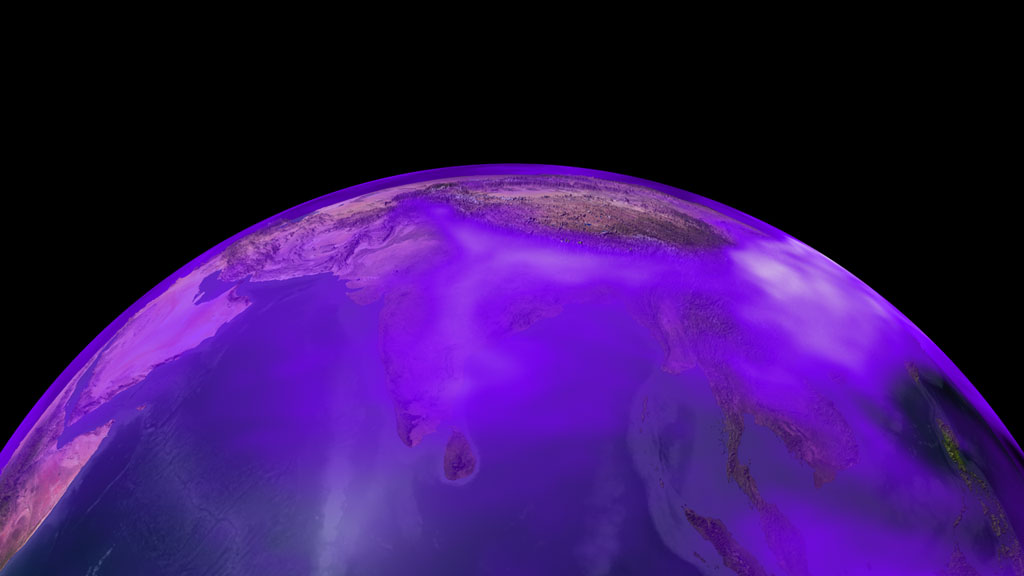
The Himalayan Plateau, a towering mass of rock on the northern edge of the Indian subcontinent, rises sharply over one of the most fertile and populous tracts of land in the world, the Indo-Gangetic Plain. Nearly a billion people crowd that plain, an area about the size of Texas. The region's explosive population growth and strong economy in recent decades have produced an unwelcome byproduct—air pollution. Burning fossil fuels, wood, vegetation and dung sends a steady stream of soot (or, black carbon, as scientists call the light-absorbing particles) aloft. Studies show India's black carbon emissions have jumped about 60 percent per decade in the last two decades. The short-lived particles typically remain in the atmosphere for less than a week, but they pool over the Indo-Gangetic plain as monsoon-fueled winds trap them along the Himalayas. The particles, the most health-sapping part of air pollution, also have a potent climate impact. Unlike most other types of particulate, black carbon absorbs radiation, warming the atmosphere and contributing to the retreat of glaciers in the area. The visualization below, based on three months of data generated by NASA's GOCART model, shows black carbon circulating throughout the region, held largely at bay by the mountain range.
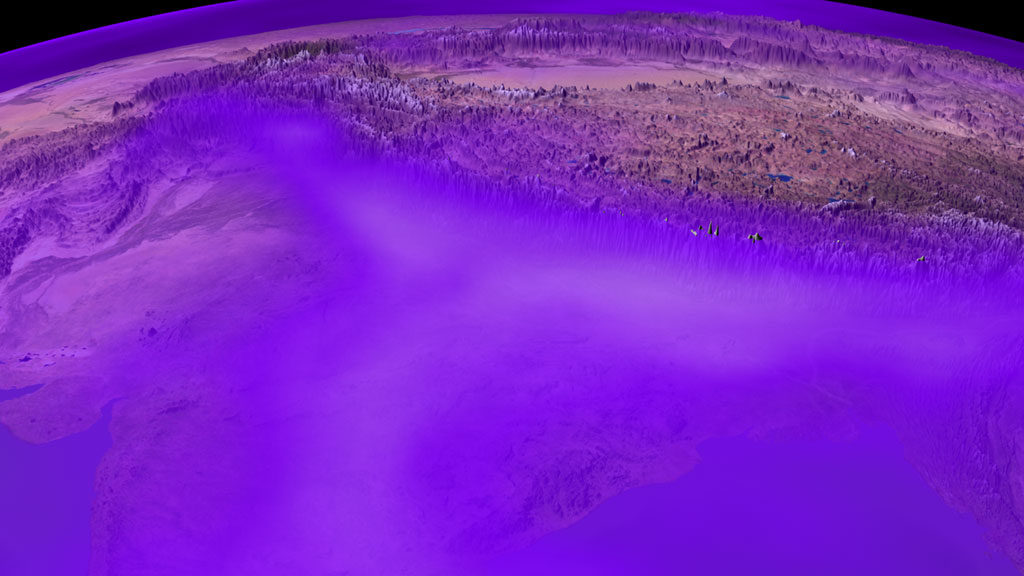
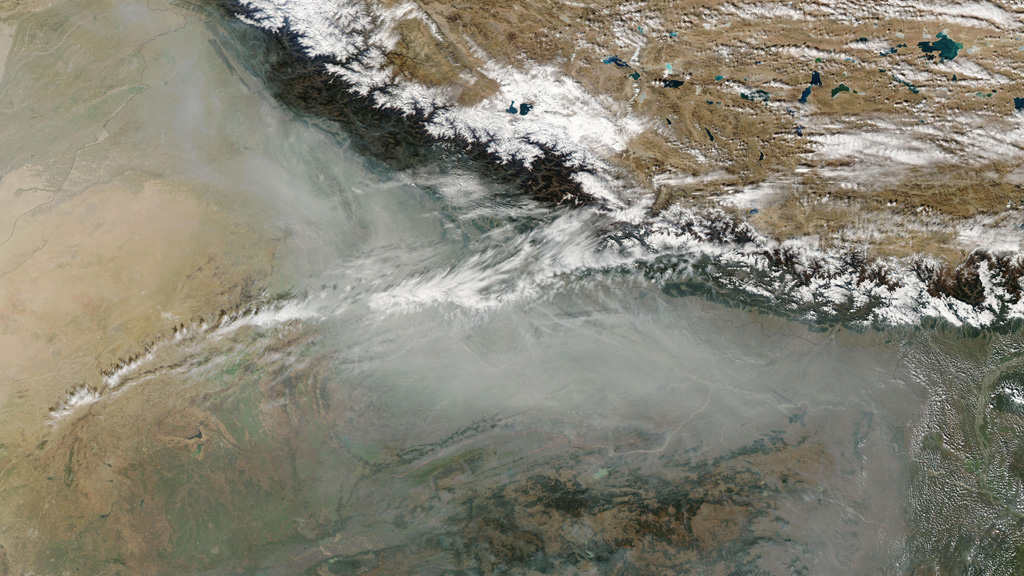
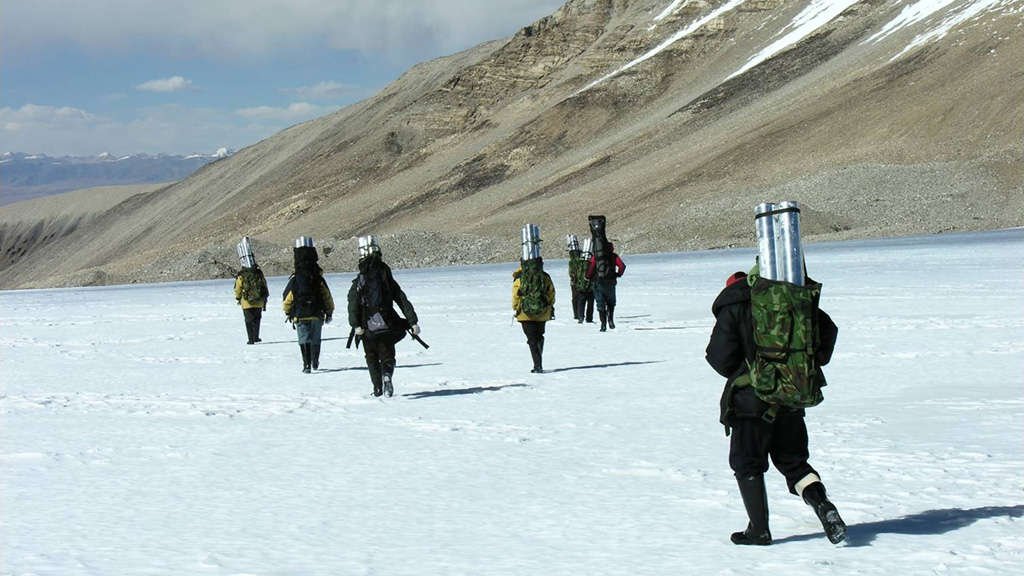
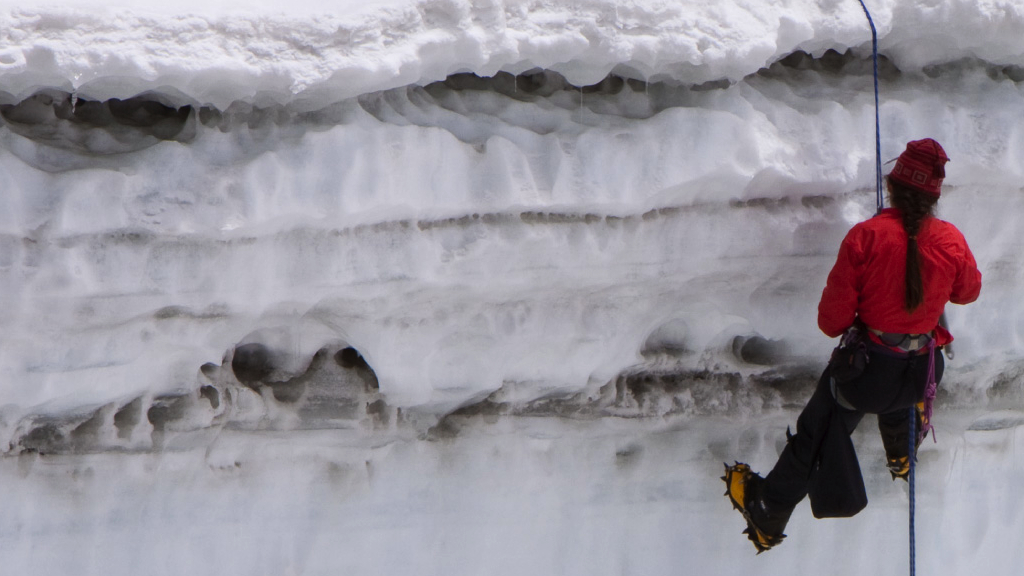
Black Carbon: Asia's Plain Of Air Pollution





Related Stories
For More Information
Story Credits
Visualizers/Animators:
Greg Shirah (NASA/GSFC)
Horace Mitchell (NASA/GSFC)
Producer:
Maria Frostic (UMBC)
Lead Scientist:
William K. Lau (NASA/GSFC)
Lead Writer:
Adam P Voiland (Wyle Information Systems)
Greg Shirah (NASA/GSFC)
Horace Mitchell (NASA/GSFC)
Producer:
Maria Frostic (UMBC)
Lead Scientist:
William K. Lau (NASA/GSFC)
Lead Writer:
Adam P Voiland (Wyle Information Systems)
Please give credit for this item to:
NASA's Goddard Space Flight Center
Image of Researchers Hiking on Ice Sheet courtesy of the Institute of Tibetan Plateau Research, Chinese Academy of Sciences
Image of Researcher Rappelling Down Crevasse courtesy of Jesse Cunningham, http://www.jessecunningham.com
NASA's Goddard Space Flight Center
Image of Researchers Hiking on Ice Sheet courtesy of the Institute of Tibetan Plateau Research, Chinese Academy of Sciences
Image of Researcher Rappelling Down Crevasse courtesy of Jesse Cunningham, http://www.jessecunningham.com
Short URL to share this page:
https://svs.gsfc.nasa.gov/10714
Keywords:
SVS >> App
NASA Science >> Earth
https://svs.gsfc.nasa.gov/10714
Keywords:
SVS >> App
NASA Science >> Earth

